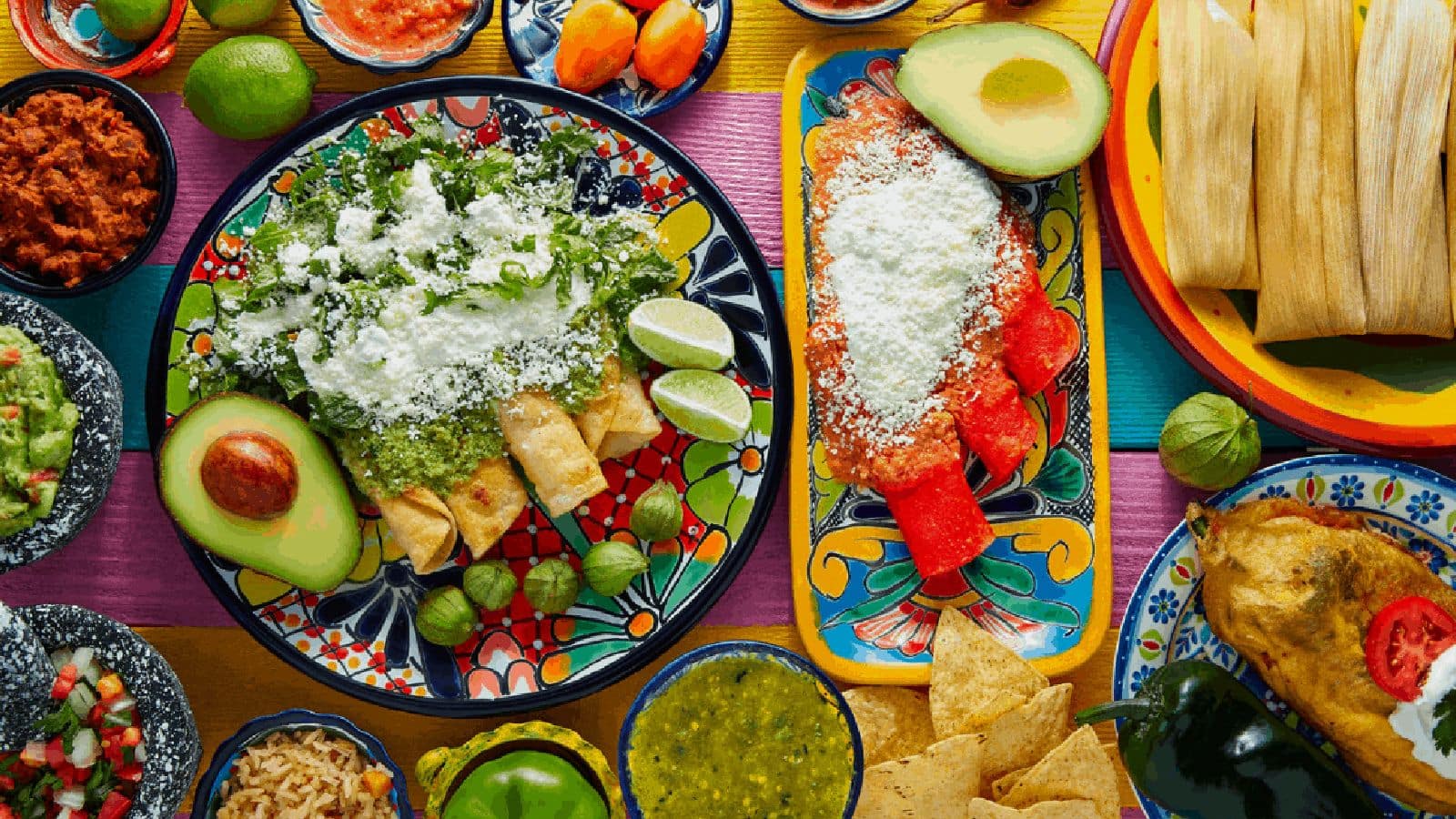
Busting common myths about Mexico City's culinary landscape
What's the story
Mexico City is a vibrant metropolis brimming with culture and history. Its cuisine is a colorful tapestry of flavors that often defies expectations. Visitors come with ideas of what Mexican food should be, only to discover a world far beyond tacos. This guide will take you on a myth-busting journey through the city's culinary landscape.
Myth 1
Beyond tacos and margaritas
Many believe Mexican cuisine is solely tacos and margaritas, yet Mexico City's culinary scene unveils a broader narrative. Delve into local markets to discover dishes such as chiles en nogada, pozole, and huitlacoche quesadillas. These traditional meals demonstrate the profound depth and variety of Mexico's gastronomy, which is firmly rooted in ancient traditions and enhanced by modern culinary innovation.
Myth 2
Not just spicy heat
The common belief that Mexican food is always fiery hot is a misconception. Dishes like mole poblano and tamales oaxaquenos showcase a symphony of flavors, where chilies are more than a source of spice. They contribute nuanced tastes and distinct aromas, playing a pivotal role in defining the essence of each culinary creation. This complexity is what truly characterizes the depth of Mexico's cuisine.
Myth 3
Street food equals authenticity
Many equate street food with the authentic taste of Mexico City, but this view overlooks the city's high-end culinary establishments. Renowned restaurants such as Pujol and Quintonil challenge this notion by offering refined versions of classic dishes. They skillfully blend tradition with contemporary techniques, illustrating the dynamic nature of Mexican cuisine without compromising its historical integrity.
Myth 4
A vegetarian's nightmare?
Many assume that vegetarians will struggle to find good food in Mexico City, but this is a myth. The city is abundant with fresh produce all year, allowing chefs to craft delightful vegetarian options. Dishes like squash blossom quesadillas and mushroom tlacoyos are packed with flavor, proving that an authentic Mexican culinary experience doesn't always require meat.